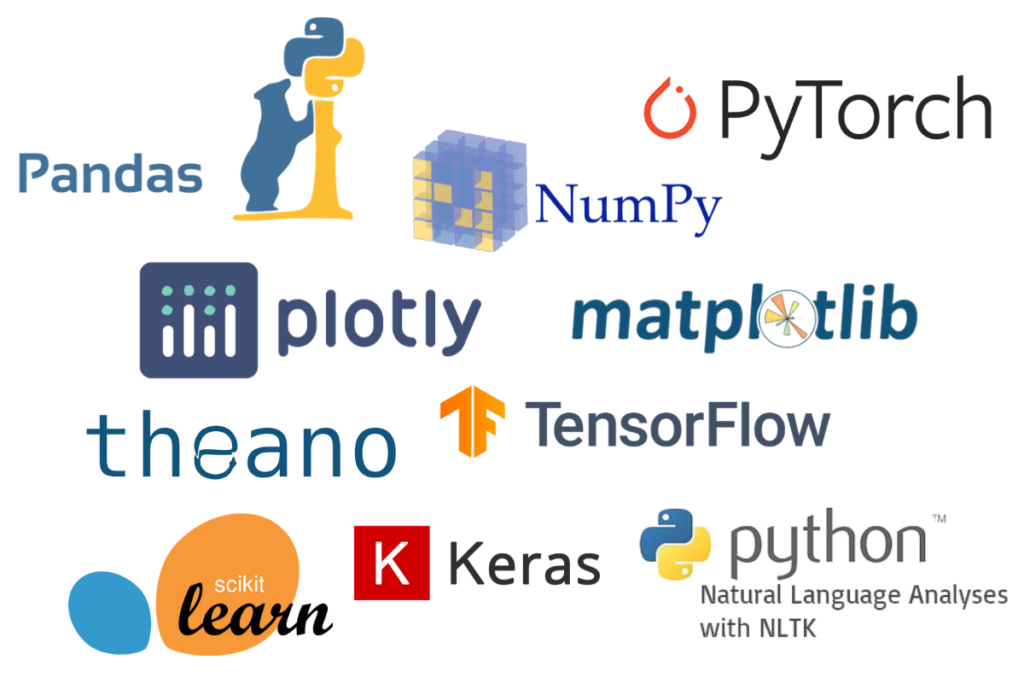Who Is This Book For?
In my teaching both at the University of Washington and at various tech-focused conferences and meetups, one of the most common questions I have heard is this: “how should I learn Python?” The people asking are generally technically minded students, developers, or researchers, often with an already strong background in writing code and using computational and numerical tools. Most of these folks don’t want to learn Python per se, but want to learn the language with the aim of using it as a tool for data-intensive and computational science. While a large patchwork of videos, blog posts, and tutorials for this audience is available online, I’ve long been frustrated by the lack of a single good answer to this question; that is what inspired this book.
The book is not meant to be an introduction to Python or to programming in general; I assume the reader has familiarity with the Python language, including defining functions, assigning variables, calling methods of objects, controlling the flow of a program, and other basic tasks. Instead, it is meant to help Python users learn to use Python’s data science stack—libraries such as IPython, NumPy, Pandas, Matplotlib, Scikit-Learn, and related tools—to effectively store, manipulate, and gain insight from data.
Outline of This Book
Each chapter of this book focuses on a particular package or tool that contributes a fundamental piece of the Python data science story.
-
- 1. IPython and Jupyter
- These packages provide the computational environment in which many Pythonusing data scientists work.
-
- 2. NumPy
- This library provides the ndarray object for efficient storage and manipulation of dense data arrays in Python.
-
- 3. Pandas (Chapter 3)
- This library provides the DataFrame object for efficient storage and manipulation of labeled/columnar data in Python.
-
- 4. Matplotlib
- This library provides capabilities for a flexible range of data visualizations in Python
-
- 5. Scikit-Learn
- This library provides efficient and clean Python implementations of the most important and established machine learning algorithms.
The PyData world is certainly much larger than these five packages, and is growing every day. With this in mind, I make every attempt through these pages to provide references to other interesting efforts, projects, and packages that are pushing the boundaries of what can be done in Python. Nevertheless, these five are currently fundamental to much of the work being done in the Python data science space, and I expect they will remain important even as the ecosystem continues growing around them.

